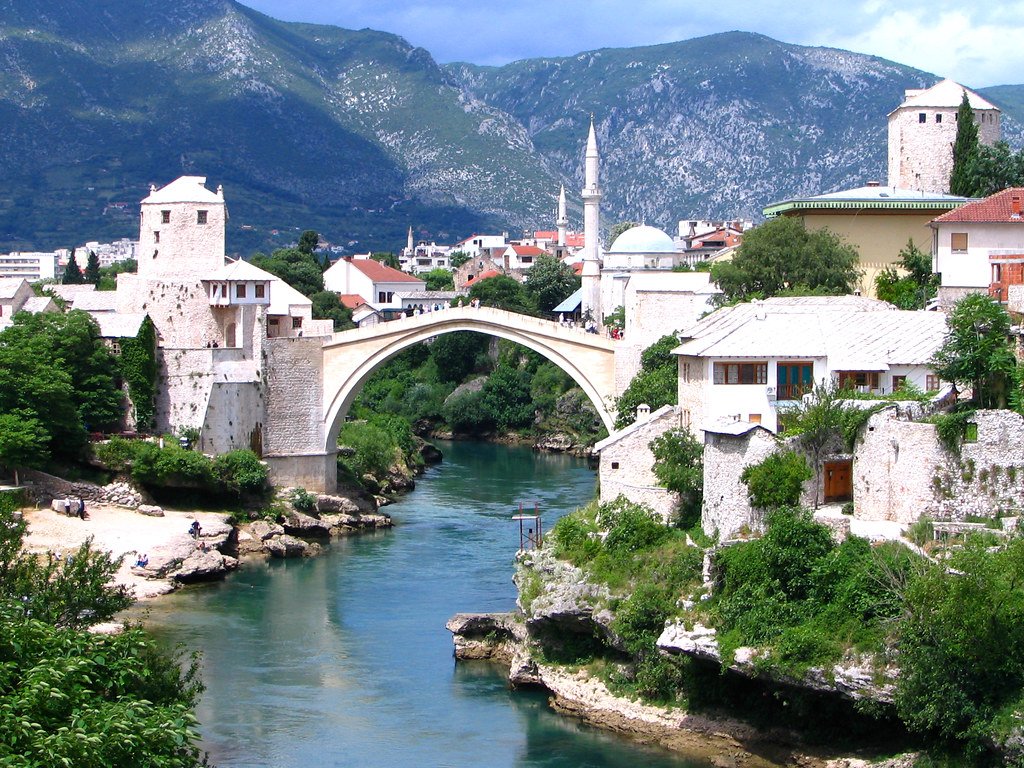
Remember the days when we were allowed to travel?
One of my last trips was in Autumn 2019 to Bosnia Herzegovina. It was a farewell visit organised by a friend who had been supporting a charity to help victims of the war. She wanted some of us who had sponsored her visits over the years to see the country for ourselves, so she organised a ten-day tour to see Sarajevo, Mostar and some of the other towns.
There are several cities that feature in 20th century history for the wrong reasons, but few that can make that claim twice. Many people will know Sarajevo as the place where the assassination of the Archduke Ferdinand became the spark that ignited the First World War. Many more will remember it as the city that withstood a 1,425-day siege during the Bosnian war ‒ one episode in the collapse of former Yugoslavia. Eight years after the Sarajevo Winter Olympics, the city was rapidly reduced to starvation while under bombardment from the surrounding hills. The result is a worked example of how easy it is to break the veneer of civilisation through nationalism and xenophobia, and destroy a sophisticated, multicultural country.
Bosnia Herzegovina is stunningly beautiful and Sarajevo, Mostar and other towns are fascinating places to visit. Think Switzerland, but with minarets. The old town of Sarajevo has largely been rebuilt and is vibrant and the baklava (sticky, honey-soaked pastries) justify a visit on their own. You will also see Sarajevo roses which commemorate places where three or more people were killed by a single shell; there are around 200 of them in the city.
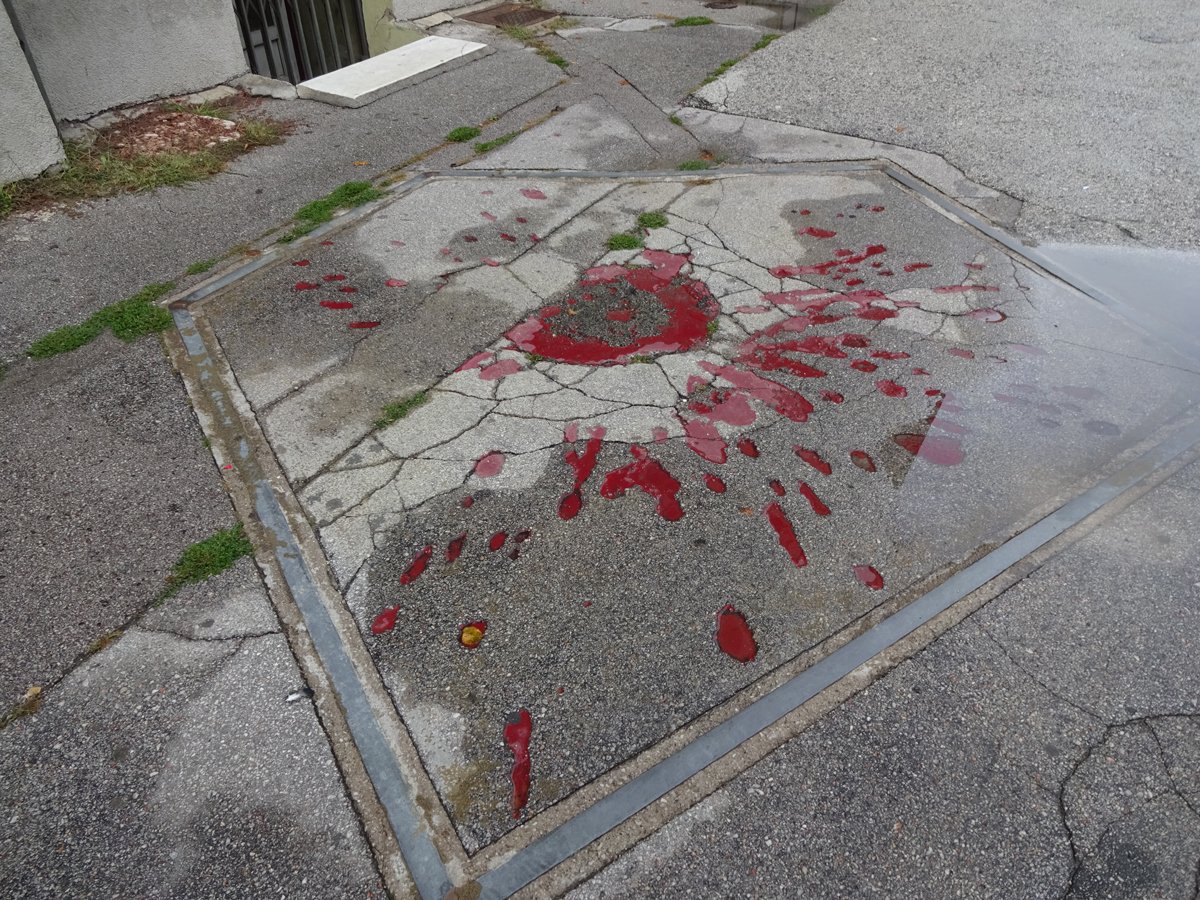
All photographs in the body of the article are copyright the author
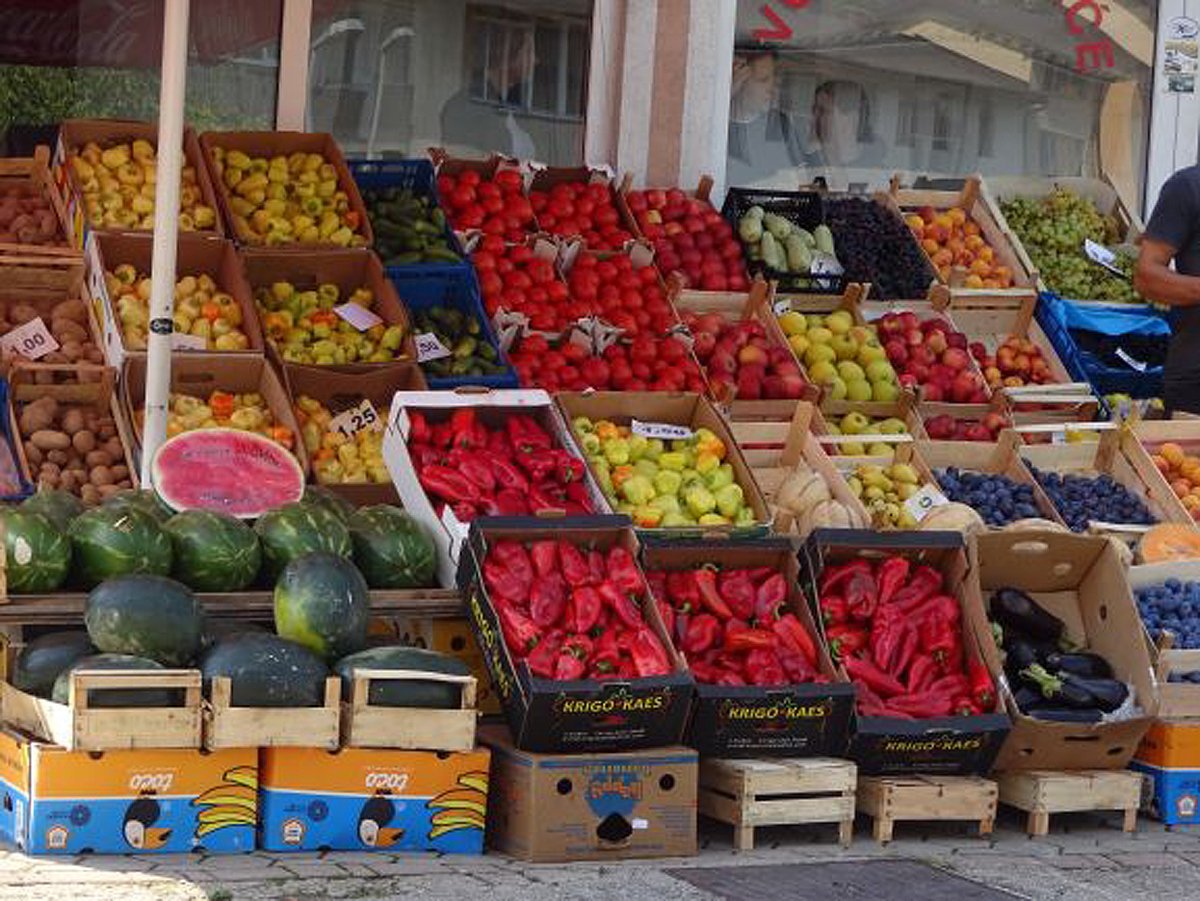
The bridge at Mostar has been reconstructed and is within a day’s coach trip for passengers off the cruise ships calling at Dubrovnic. While there, we organised our own wine-tasting one evening to explore the local vintages ‒ not something that you can do in many Muslim countries.
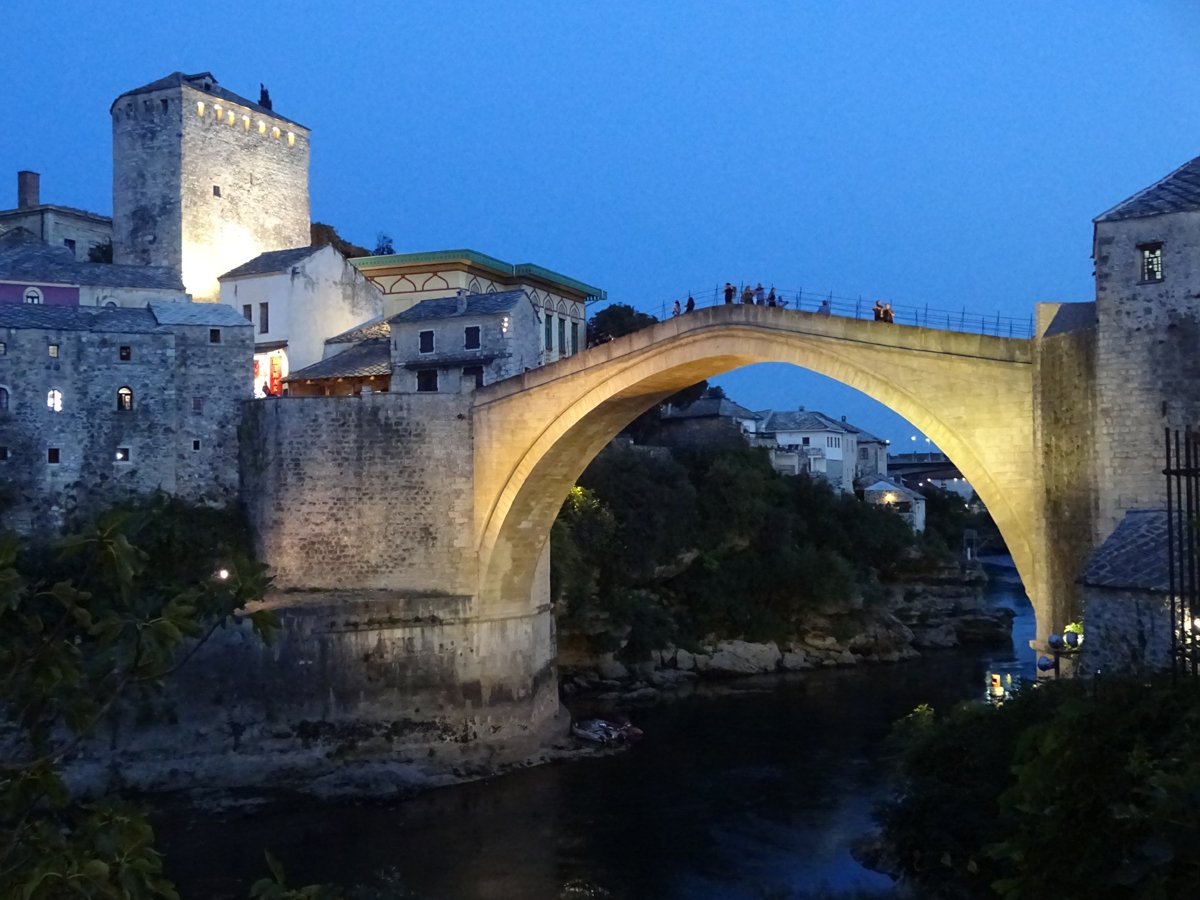
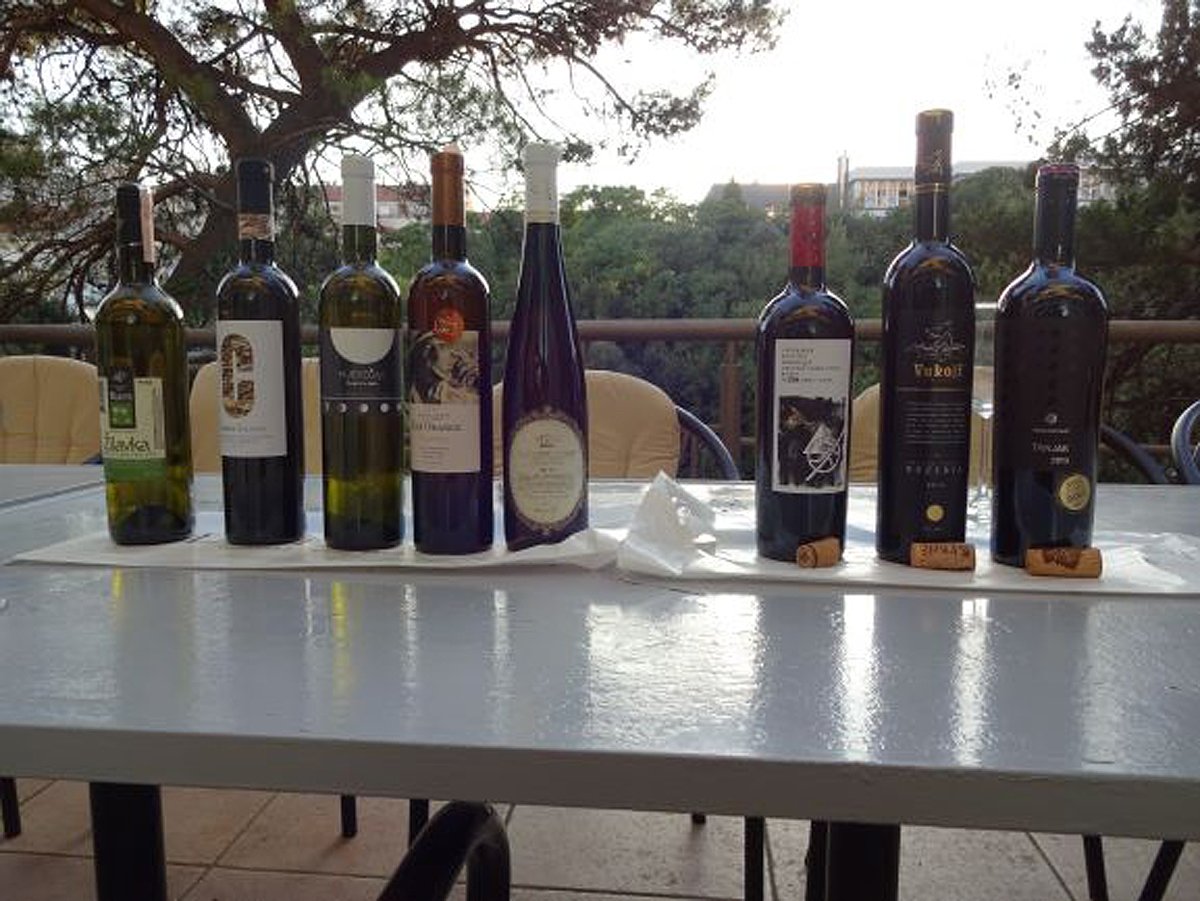
Out in the countryside, however, you will still see smoke-stained derelict buildings and, if you go walking, you will notice signs warning of land mines. Many of the place names resonate from news broadcasts in the 1990s.
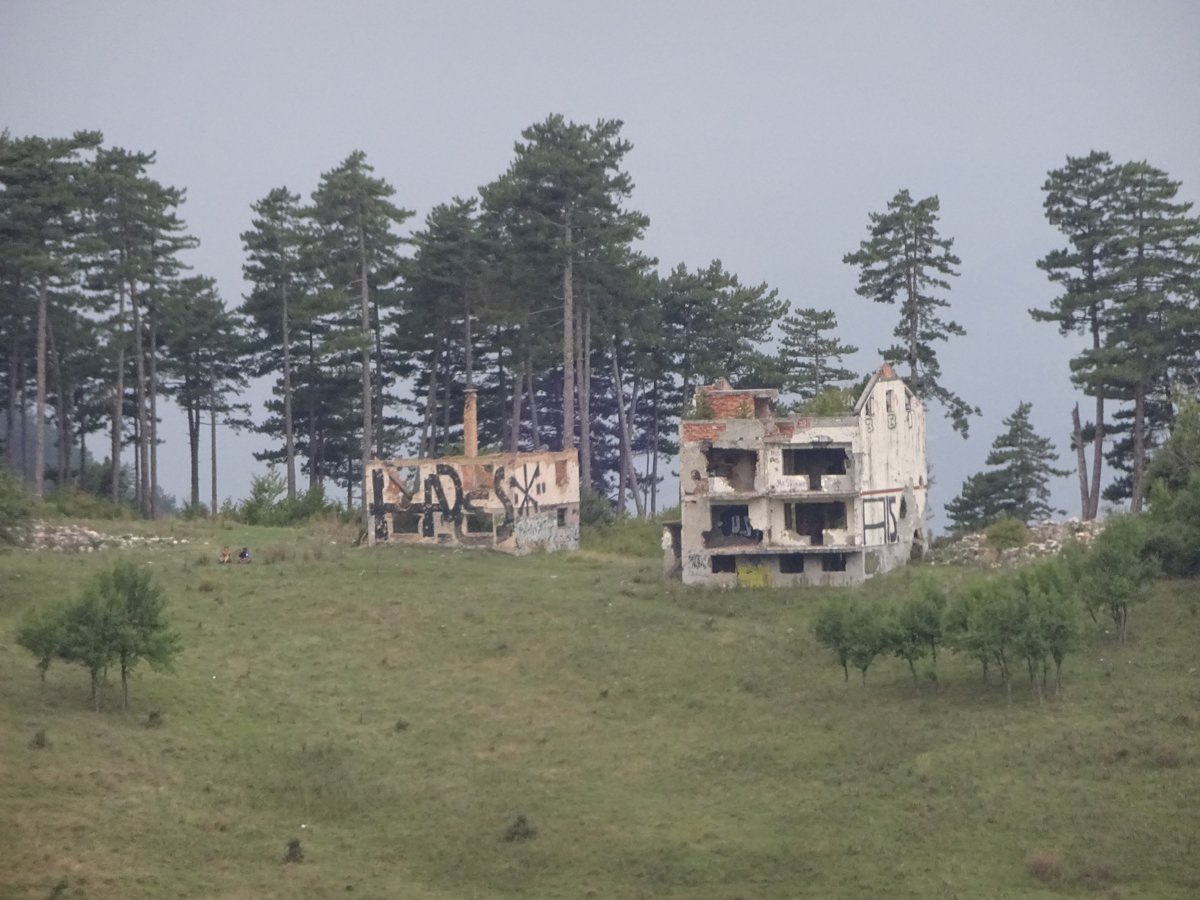
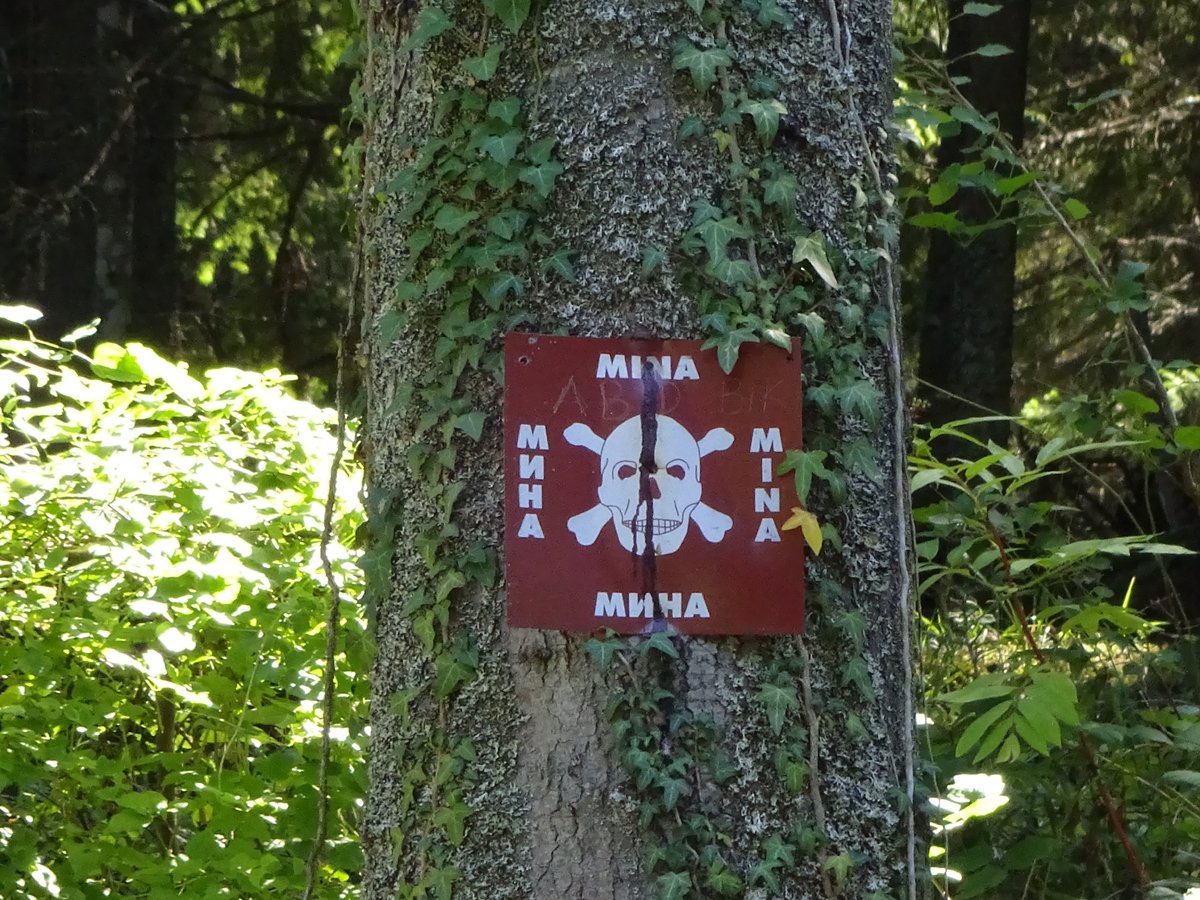
One particular memory of my trip was of being in Jajce on the anniversary of its liberation from Serbian forces. The actual liberation was effected by Croatian troops and their veterans held their memorial service in the morning. In the afternoon a completely different commemoration took place for the Bosniaks at their memorial on the other side of the street. There were tensions even between those who were fighting on the same side at that point in the war.
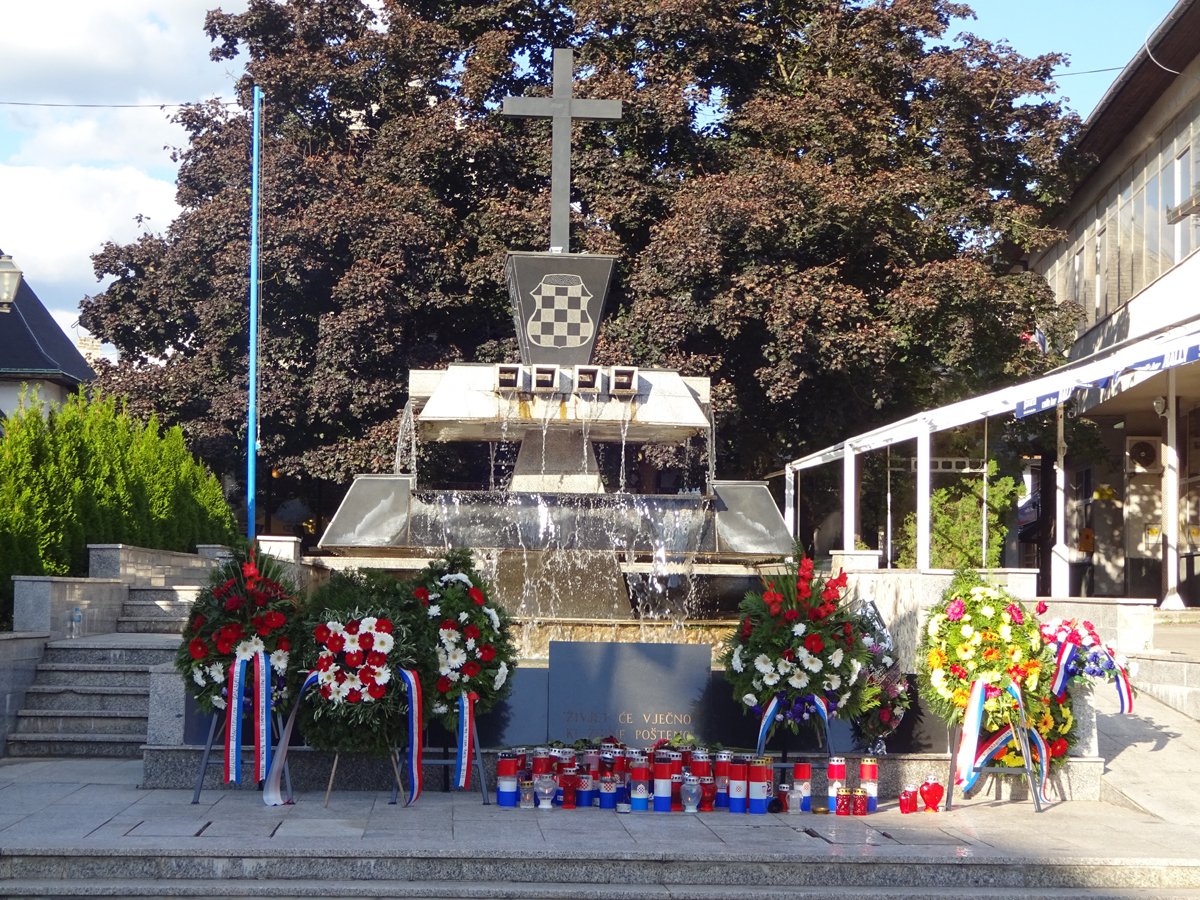
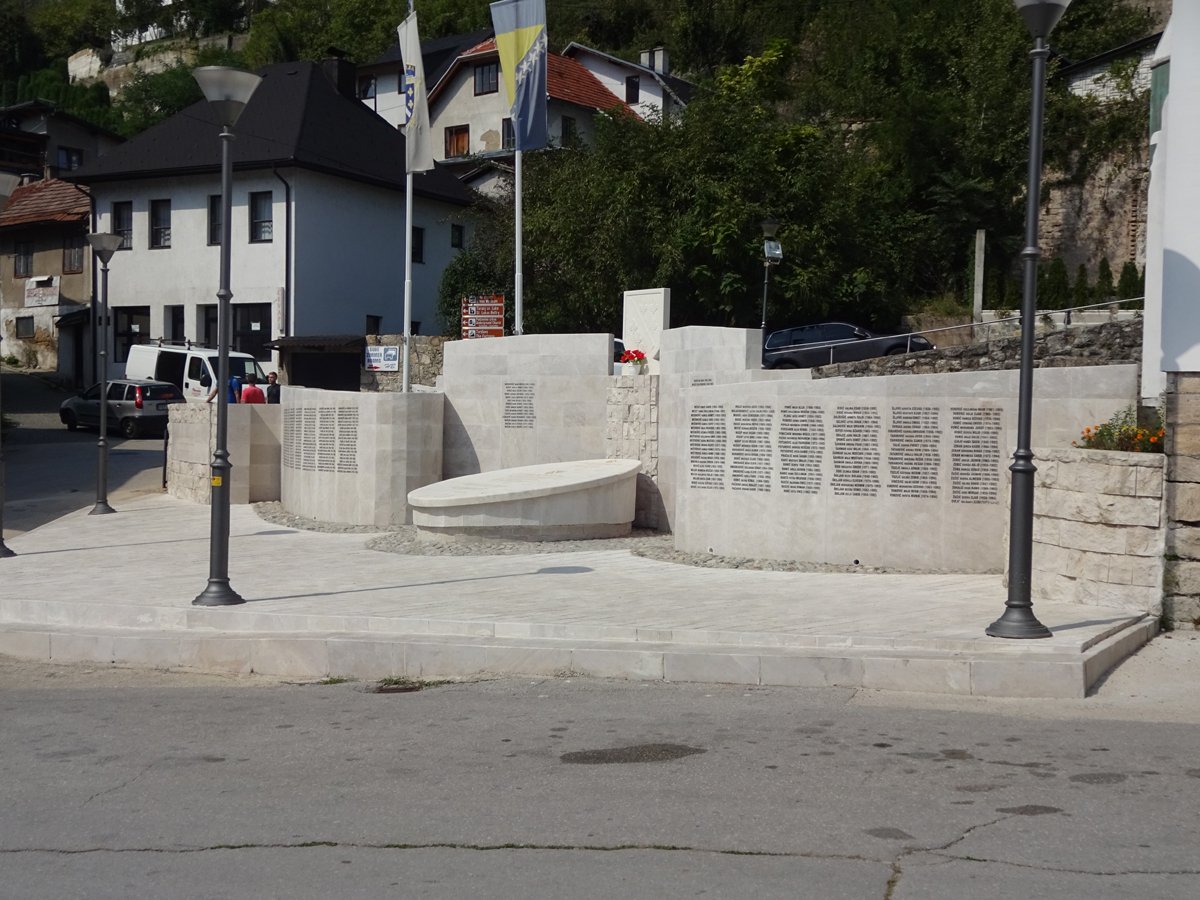
In Western Europe in 1960, 25 years after the Second World War had ended, the healing process was well under way; the founding fathers of the European Community had already begun to work towards reconciliation, through economic integration and cultural exchanges. We had begun to move on.
It would be difficult to make that claim for Bosnia Herzegovina. 25 years on, the effort to reconcile is hard to find. The legacy of nationalism remains vivid, stirred by claims for a ‘Greater Serbia’ and built on religious divides that go back to the Ottoman occupation. The war resulted in communities divided along national lines; ethnicity and language are the same but religion largely (but not entirely) defines nationality.
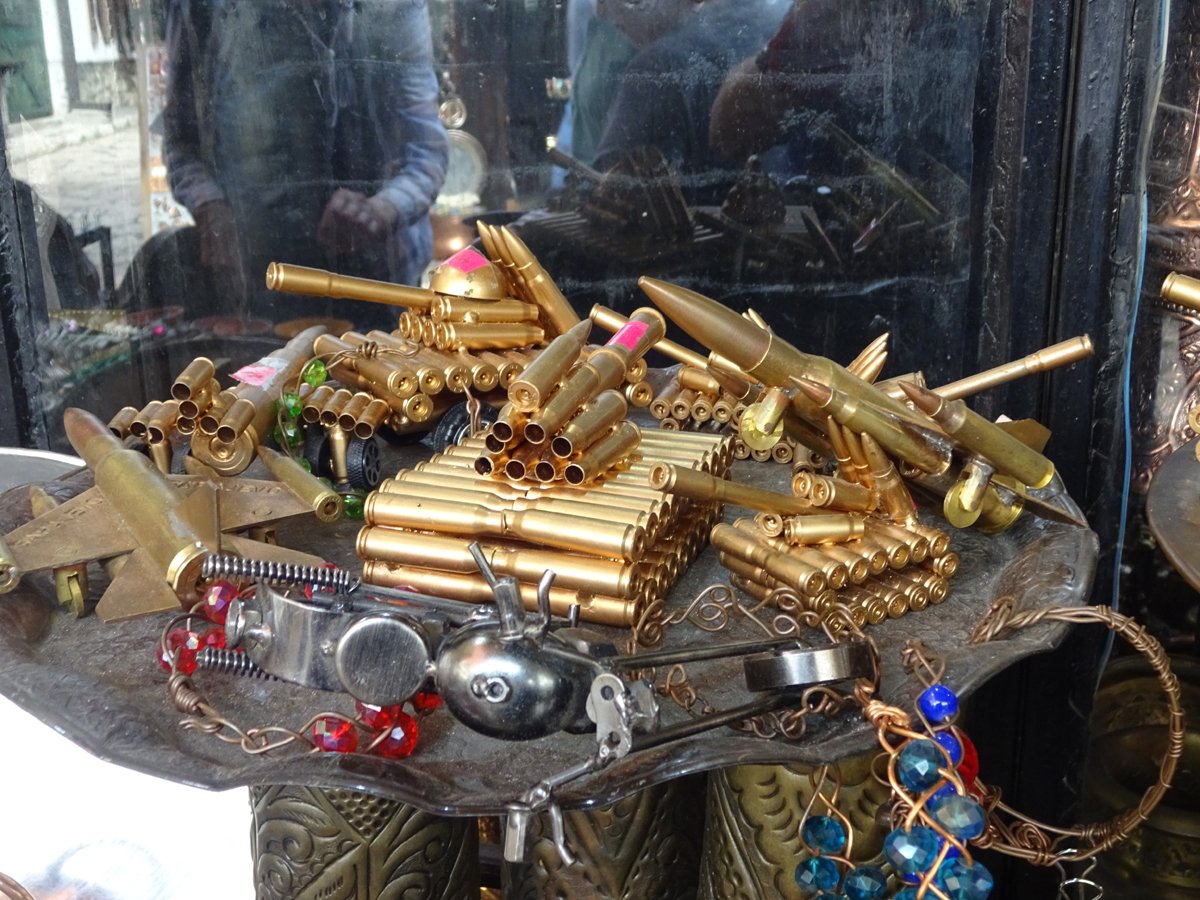
Present-day Bosnia Herzegovina is a country with a federal structure that reflects two parallel communities and governments that appear to interact as little as possible. The structure effectively freezes the lines dividing the Serbian (49 per cent) and Bosniak/Croat (51 per cent) communities. There are two ‘entities’ – the Federation of the ten Bosniak and Croatian cantons and the Republika Srpska which is predominantly Serbian. Sarajevo is where Bosniaks live; East Sarajevo is where Serbians live. The dividing lines on the map are tortuous.
The late John Hume described the EU as “the best example in the history of the world of conflict resolution”. By contrast, in Bosnia Herzegovina, Slobodan Milosevic’s aspiration for an ethnically pure Greater Serbia still lurks in the background. More than anyone, Hume understood the tragedy of divided communities and the difficulties of reconciling centuries-old differences; differences that can be sparked into flames with disastrous results by those disinterested in the consequences.
Talking to a family that had had to flee their home and live for five years as refugees confirmed my opinion that I belong to an incredibly lucky generation. The European Communities, and subsequently the European Union, have contributed so much to 70 years of peace in Western Europe.
When we are able to travel again, add Bosnia to your bucket list. It is beautiful and fascinating. It is also a terrible warning of where populism and nationalism can lead.





